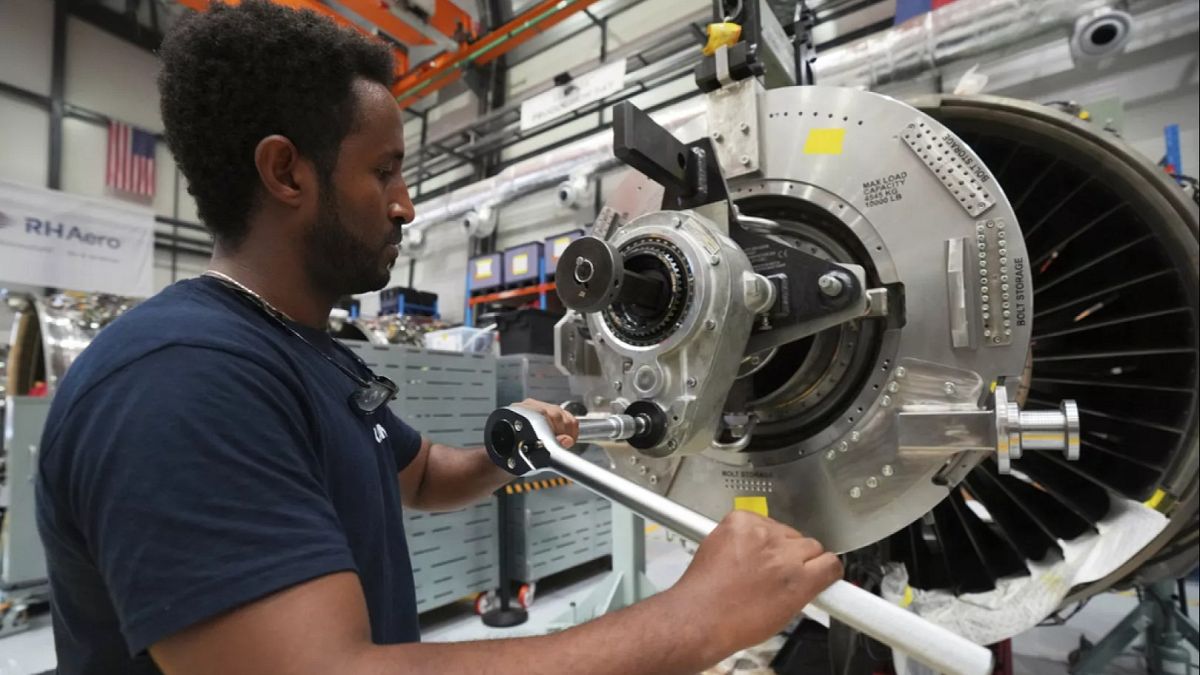

In a world marked by intertwined economies and evolving trade relations, recent diplomatic moves and regulatory shifts have underscored the importance of global cooperation. Notably, European Union (EU) countries and the United States are at the forefront of these changes as they navigate complex international dynamics. Furthermore, significant economic engagements across Asia highlight a growing focus on strategic partnerships and trade facilitation.
Among the focal points of recent developments is the prospect of retaliatory tariffs within the EU, an area sparking careful consideration among member states. Ireland, Germany, and the Netherlands stand as the nations with heightened exposure should the EU adopt countermeasures in response to the United States’ proposed 30% tariffs on EU goods. These deliberations resonate with the broader context of EU-US trade relations, reminding us of the intricate balance required in global economic policies.
The European Union is also setting its sights on the future with significant fiscal maneuvers. The unveiling of a €2 trillion EU budget by Ursula von der Leyen is notable, presented as a flexible strategy to adapt to unforeseen challenges. This budget underscores a commitment to sustainability and crisis management, aligning with priorities such as the rule of law. The European Commission’s effort to integrate these principles into the new budget could impact countries like Hungary, where future payments may become contingent upon compliance with rule-of-law standards.
Beyond Europe, developments between the United Kingdom and Pakistan offer a soothing narrative of progress and improved relations. The removal of flight restrictions on Pakistan’s flag carrier marks a significant milestone after thorough dialogue between the UK’s Air Safety Committee and the Pakistan Civil Aviation Authority. The decision reflects advancements in safety standards, providing a positive trajectory for aviation and travel between the two nations.
Shifting focus to Asia, Kazakhstan is actively enhancing the Europe-China trade route, known as the Trans-Caspian corridor. By upgrading this multimodal trade passage, Kazakhstan aspires to meet the EU’s 15-day transit goal, positioning itself as a pivotal link in the strengthening of Eurasian trade. This initiative stands as a testament to the nation’s commitment to facilitating efficient and robust commerce between Europe and China.
In the realm of high-level diplomacy, Australian Prime Minister Anthony Albanese’s visit to China encapsulates a warming of previously strained relations. Entering a historical phase of cooperation, Albanese’s journey involved engaging discussions with President Xi Jinping and participating in business events that signal a mutual interest in redefining the bilateral ties. This visit mirrors a broader trend towards economic and diplomatic reconciliation, as reflected in the local media narratives celebrating the positive shift.
Meanwhile, the United States has announced new trade arrangements with Indonesia. Under the leadership of President Donald Trump, a trade pact was formed, whereby Indonesia agreed to a 19% tariff rate—a reduction from the previously stated 32%. Alongside this agreement, Indonesia committed to procuring 50 Boeing jets, marking a forward step in US-Indonesian trade cooperation while highlighting the region’s strategic economic relationships.
These diverse developments, spanning different continents, emphasize a shared global pursuit of cooperative diplomacy and economic resilience. Amid these transitions, the balance of international trade, economic policies, and diplomatic relations continues to evolve, promising a future of interconnected growth and collaboration.
Source: {link}
